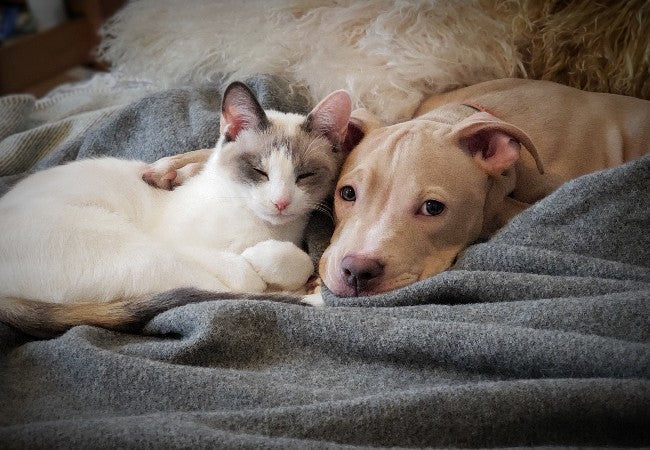Vet Guide to 2025: Does Seasonal Affective Disorder Affect Dogs and Cats? — Recognize Signs & Boost Mood Year‑Round 🐶🐱🩺

In this article
Vet Guide to 2025: Does Seasonal Affective Disorder Affect Dogs and Cats? — Recognize Signs & Boost Mood Year‑Round 🐶🐱🩺
By Dr. Duncan Houston BVSc
As the days grow shorter, you may notice your pet seems a bit “off.” I’m Dr Duncan Houston BVSc—let’s separate myth from fact about Seasonal Affective Disorder (SAD) in pets, explore signs of the so-called “winter blues,” and introduce smart tools from Ask A Vet. ✨
1. Can Pets Develop SAD?
- Scientific findings: There’s no conclusive evidence that pets suffer true SAD, as defined in humans.
- Behavioral changes: That said, pets—especially dogs and cats—often sleep more, act less active, or lose interest during winter months.
- Human influence: Many pets mirror our emotions—if we feel down or reduce activity, they may too.
2. Signs of the “Winter Blues” 🐾
- Increased sleeping or lethargy.
- Less interest in walks, play, or toys.
- Appetite changes—eating more or less.
- Noticeable shifts in mood or behavior—less engaged or more withdrawn.
3. What Causes These Shifts?
- Less daylight: Shorter days can alter sleep/wake cycles and melatonin levels.
- Weather & activity: Cold, rain, or snow reduce time spent outdoors.
- Mood synchronization: Pets may pick up on owners’ emotional states and routines.
4. Vet or Just Winter?
- Rule out medical issues: Changes in appetite, mobility, or weight could indicate arthritis, thyroid issues, or other illnesses.
- Monitor patterns: Seasonal changes are usually mild and resolve as the weather warms up. Persisting symptoms warrant veterinary attention.
5. How to Brighten Your Pet’s Winter
- Maximize daylight: Open curtains, time walks during bright hours, or use full-spectrum indoor lighting.
- Stay active: Keep up indoor play, puzzle toys, and brief outdoor routines—even when it’s cold.
- Routine & engagement: Maintain consistent feeding, exercise, social time, and enrichment to stabilize mood.
6. Support with Ask A Vet,
- Ask A Vet App: Track sleep, activity, appetite trends, and share photos/video—get tailored advice on lighting, enrichment, or supplements.
7. FAQs
- Q: Can I use a light box like humans do?
- Potentially—but only under veterinary guidance. Pets’ light needs differ, and overexposure or unregulated supplements (like vitamin D) can be harmful.
- Q: My dog sleeps more—normal?
- Yes, extra rest in winter is normal if your dog remains playful and eats well. If not, consult your vet.
- Q: What if symptoms persist?
- Ongoing lethargy, low appetite, or mood changes require a vet visit to check for medical issues or consider supplements or therapy.
Conclusion 💡
While there’s no concrete proof that pets suffer from clinical SAD, many show mild seasonal mood shifts. With daylight, enrichment, exercise, and structured routines, you can help your pet thrive. Use Ask A Vet,🐾❤️






